Rebellion in the north began in the spring of 1469, it gathered under the banner of a man going by the name of Robin of Holderness. Another man going by the name of Robin, whose true identity has never been identified only suspected, appeared again in the summer of 1469, he was known as Robin of Redesdale (he would later appear again, under this guise at the Battle of Luscote Field in the March of the following year.) Pulling the strings, or at least stirring the pot was Richard Neville and the sly old fox was clever enough not to be seen to be involved in any plotting of the downfall of the House of York.
In the first part of the battle, the royal forces were successful but with the arrival of the army of Richard Neville, the Battle of Edgecote went the way of the rebels.
This battle saw the executions of a number of high ranking members of the Yorkist party and the king himself captured and placed under arrest. Robin of Redesdale, as we have seen, (may) have lived to fight another day.
With the Earl of Warwick now in control the question should be asked could he run the country?
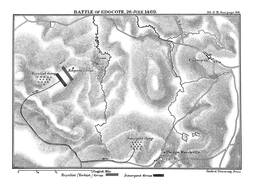
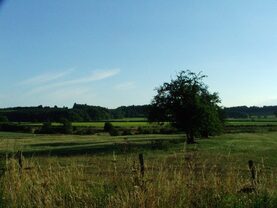
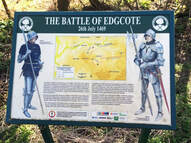
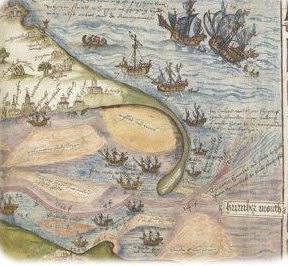
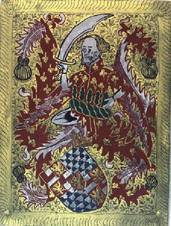
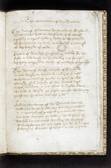
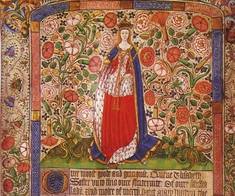
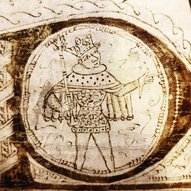
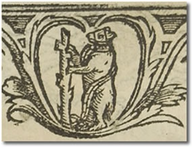
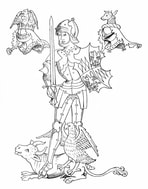
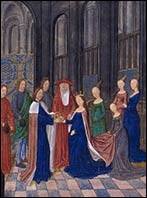
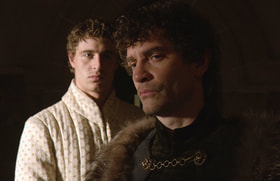
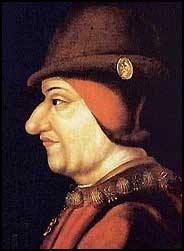
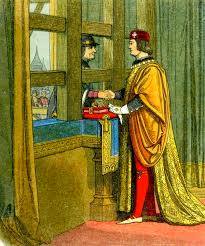
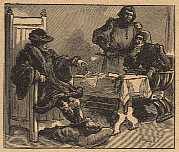
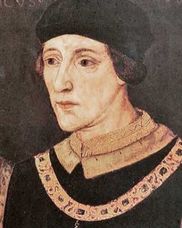
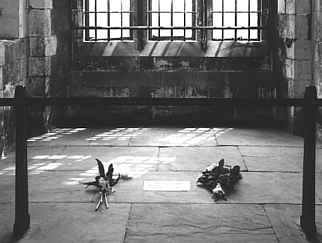
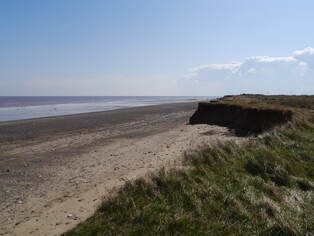
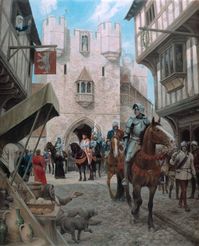
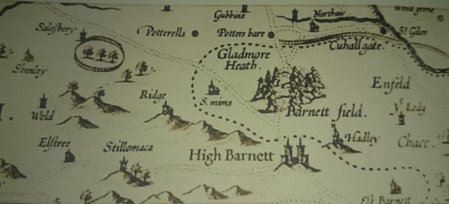
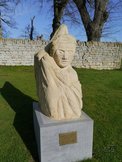

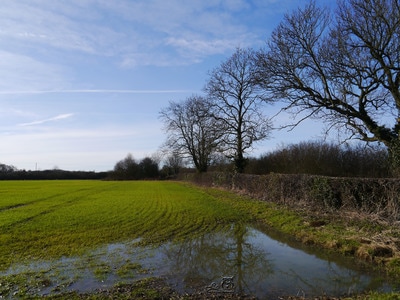
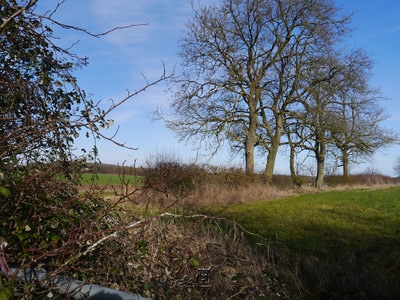
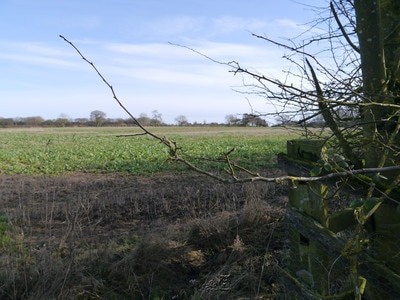
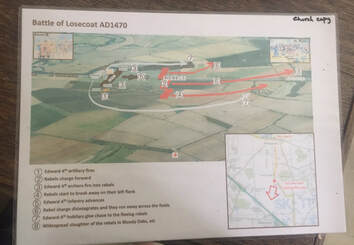
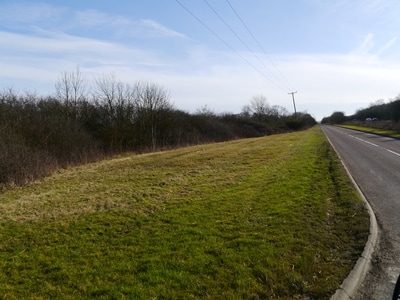

 RSS Feed
RSS Feed
